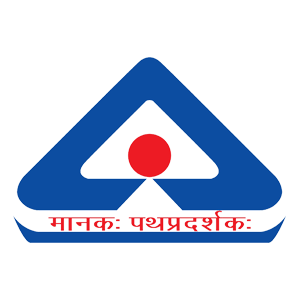Introduction:
Aluminium extrusion profiles are widely used in various industries due to their exceptional strength, durability, and versatility. When it comes to aluminium profiles, two popular options are anodized aluminium profiles and standard aluminium profiles. While both offer distinct advantages, understanding their differences and the alloys suitable for anodization is crucial for making informed decisions. In this blog, we will explore the dissimilarities between anodized and standard aluminium profiles, and delve into the selection of alloys best suited for anodization.
The Difference between Anodized Aluminium Profiles and Standard Aluminium Profiles:
Anodized Aluminium Profiles:
Anodized aluminium profiles undergo a process called anodization, which involves enhancing the surface of the aluminium by creating an oxide layer through an electrochemical process. This layer provides several benefits, including improved corrosion resistance, increased hardness, better color retention, and the ability to add decorative finishes. Anodized aluminium profiles are widely used in applications where aesthetic appeal, longevity, and durability are paramount, such as architectural projects, consumer electronics, automotive components, and furniture.
Standard Aluminium Profiles:
Standard aluminium profiles, also known as untreated or mill-finished profiles, are produced through extrusion without any additional surface treatment. These profiles retain the natural appearance of aluminium, with a smooth, silver-colored finish. Standard profiles find applications in various industries where surface finishing is not a critical requirement, such as structural frameworks, industrial machinery, and general-purpose manufacturing.
 Key Differences:
Key Differences:
Appearance: Anodized aluminium profiles offer a wider range of color options and finishes compared to standard profiles, which maintain the natural metallic appearance of aluminium.
Surface Protection: Anodized profiles have a more robust and corrosion-resistant surface due to the oxide layer, making them suitable for outdoor or harsh environments. Standard profiles may require additional surface treatments for enhanced protection.
Hardness: Anodized profiles exhibit greater surface hardness due to the formation of the oxide layer, providing resistance to scratches and wear. Standard profiles are softer and more susceptible to surface damage.
Decorative Possibilities: Anodized profiles can be further enhanced with decorative finishes like matte, brushed, or polished surfaces, enabling a greater range of design possibilities. Standard profiles offer a more straightforward, metallic appearance.
Color Retention: Anodized profiles retain their color over an extended period, as the oxide layer acts as a protective barrier against fading caused by UV radiation. Standard profiles may experience gradual color changes over time due to exposure to the elements.
Suitable Alloys for Anodized Aluminium Profile:
When it comes to anodization, not all aluminium alloys are created equal. Certain alloys are more suitable for achieving desirable anodized finishes and overall performance. Here are some of the commonly recommended alloys for anodized aluminium profiles:
6xxx Series: Alloys within the 6xxx series, such as 6061 and 6063, are widely used for anodized profiles. They offer good formability, moderate strength, and excellent extrudability, making them ideal for complex profiles and intricate designs.
5xxx Series: Alloys like 5005 and 5052 are often selected for anodized profiles due to their high corrosion resistance and good surface finish. They are commonly used in marine, architectural, and decorative applications.
7xxx Series: Alloys within the 7xxx series, such as 7075, provide excellent strength and toughness. While anodization can be challenging due to the presence of copper in these alloys, specialized anodization processes can be employed to achieve






